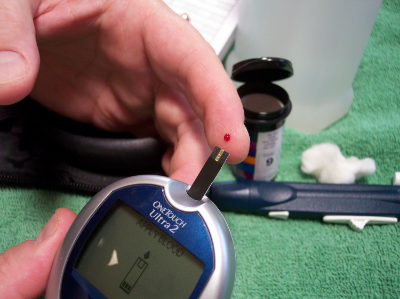Pig getting its daily dose of fiber!
Editor’s Note: Our latest podcast discussing diet and the microbiome, with Erica and Justin Sonnenburg, will be released tomorrow to coincide with the release of their new book. In the spirit of discussing how diet affects the microbiome, today’s blog will be on that topic. Enjoy.
Doctors always say to eat your fiber, and that it will make you healthy. Why though? Fiber, which broadly describes the complex polysaccharides derived from plant matter, are indigestible by a human’s normal metabolic processes. Instead, the fiber traverses the digestive tract and is broken down by bacteria along the way. It can be broken down into important metabolites like short chained fatty acids (SCFAs), which are thought to positively influence our health, among other metabolites. Therefore, as Erica Sonnenburg says on our podcast to be released tomorrow, it is important to feed your microbiome with every meal. By this, she means to include foods that are not meant to be digested by our native enzymes, but rather ones that are destined to provide nutrition for the bacteria that live inside us.
On that note, a paper out of Norway, Denmark, and the Netherlands was published last week in the Journal Microbiome that discussed how different fibers modulated the microbiomes of pigs that ate them. Six pigs were split into two groups. One of the groups ate a control diet, consisting of limited fiber, and the second group ate a diet that included indigestible tapioca starch. The groups were fed these diets for 12 weeks and had their feces collected and sampled periodically during this time.
The researchers discovered that the pigs’ microbiomes did in fact change over time dependent on their diets. The pigs that ate the tapioca starch showed a large change in their gut flora, but surprisingly it decreased its diversity relative controls. There was also a notable increase in the abundance of Ruminococcus and Prevotella in these fiber-fed pigs compared to controls, while bacteria from other genera, like Blautia and Clostridia had decreased abundances. The scientists then measured the differences in expressed metabolic pathways between the microbiomes of the groups, and noted that there was some evidence that the starch-fed pigs shifted their microbiomes to become more efficient at degrading starch.
We still do not know in great details how specific foods alter the microbiome, and this study is one of the first in many that are attempting to answer that question. As you can hear in the podcast tomorrow, Justin and Erica Sonnenburg have devoted their lab at Stanford to answer this question. They hope to someday controllably modulate the microbiome using dietary fiber in order to improve health and treat disease. If you are interested in this topic and want to learn more about how diet can affect the microbiome, subscribe to the podcast on Itunes or wherever you get your podcasts and check back in tomorrow.


